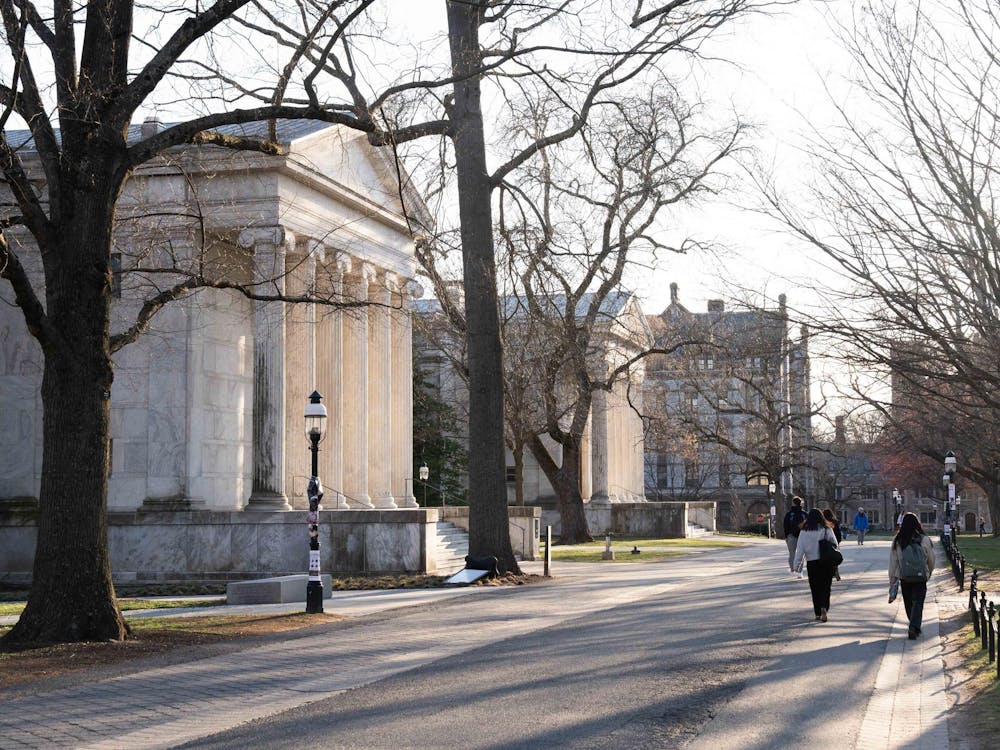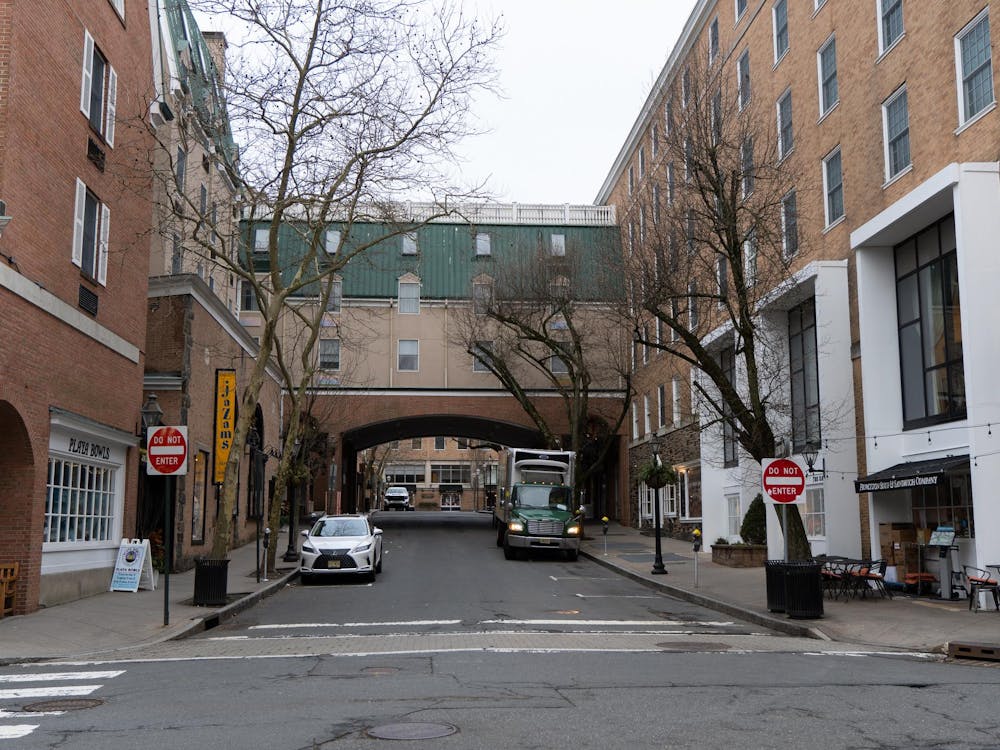Princeton students leave their mark in many places besides the University. Brian Ambroziak, a graduate student in architecture, was selected as a finalist to design a monument in the nation's capital.
Two summers ago, Ambroziak vied with more than 500 other designers for the chance to fill what he called "one of the most important sites left in Washington that hasn't been fully developed."
The competition to design a commemorative monument for the nation's World War II effort was open to all United States citizens, professionals, student designers and others.
500 entries
Six finalists were selected from 500 original entries, and Ambroziak was the only student among these final competitors.
Each finalist then chose a team of about 30 other designers or consultants to help refine the original submission. Ambroziak's group included Katherine Bambrick Ambroziak GS '96 and Brian Andrews GS '88, who both received Masters in Architecture degrees from the University.
The winner was Friedrich St. Florian, professor and past Dean of Architecture at Rhode Island School of Design. Other finalists in the competition included Diana Balmori, a professor at Yale University, and Rafael Vinoly, who is currently working on Princeton's new football stadium.
Unique among war memorials, the new monument is intended to honor all sides of the war effort. The monument is supposed to "not just address those who fought in the war, but also people on the home front," Ambroziak said.
Ambroziak described the winning design as "a solemn, contemplative place embedded in the earth." Covered by a bed of white roses, the monument will be built into the ground "to establish an enclosed, meditative sense," he said.

According to Ambroziak, the monument is scheduled for completion by the year 2000. The American Battle Monuments Commission is sponsoring the project, and construction of the monument is expected to cost about $100 million.
Ambroziak's own design was based on the monolithic bunkers of the war, which he intended to symbolize "the American people's battle for personal survival and global redemption," he said.
Though still a student, Ambroziak has already distinguished himself in the architecture field. Among his past projects are entries in the Little Bighorn Battlefield Memorial Competition and the Montreal-Bridging Competition, as well as the design of the Princeton Municipal Building.








